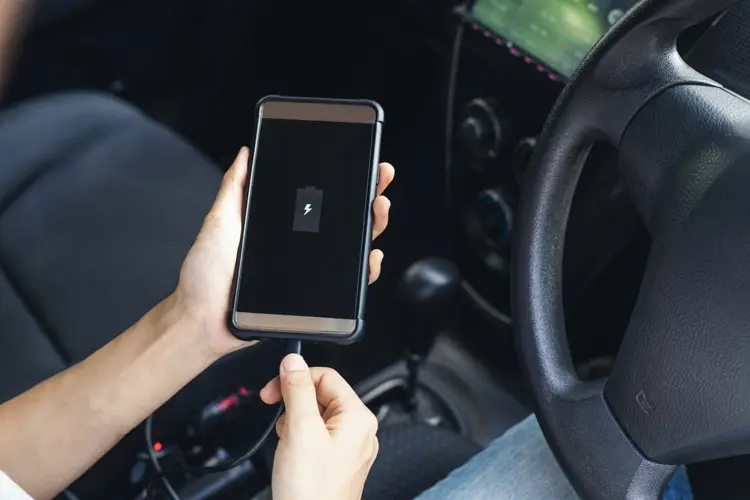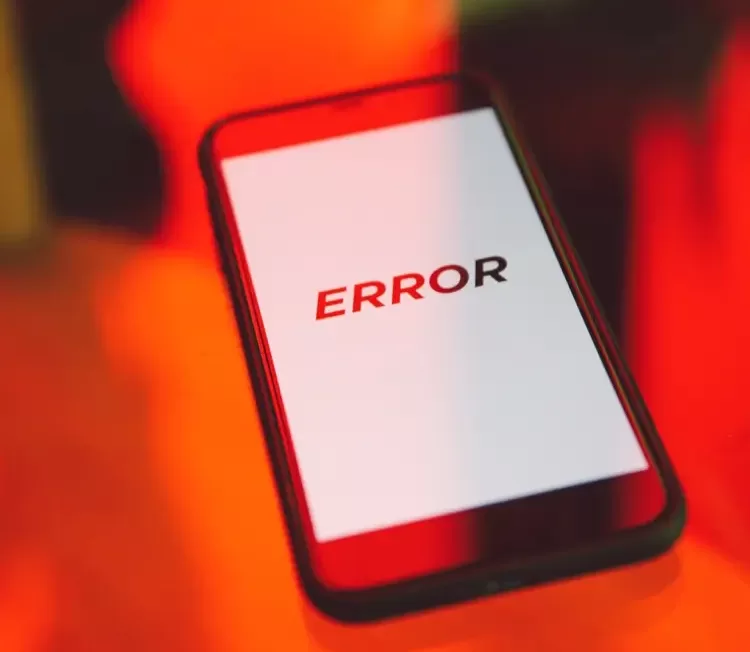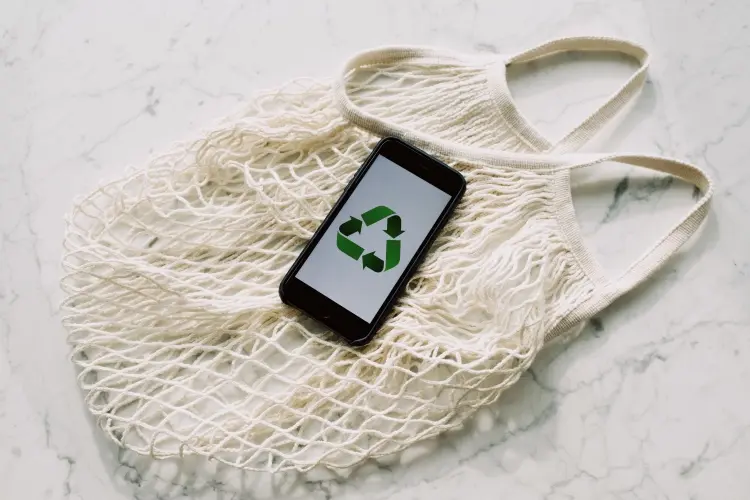Since the first cell phones hit the market, technology has changed rapidly. The bulky devices with tiny displays, which couldn’t offer many functions besides making calls and texting, have given way to the smartphone as a sophisticated little mini computer. In the course of this development, new devices constantly came onto the market. In order to stay up to date with the latest technology, a new smartphone was often needed after just a few months.
Many cell phone users stick with their old device longer than before

But this time of rapid new developments is over for now. Although new smartphones are constantly coming onto the market, they are no longer technically revolutionary. A little more storage space here, a slightly better camera there or perhaps facial recognition for even more security are nice, but not necessarily an argument for the expensive new purchase.
And increasing sustainability awareness means that many cell phone users are sticking with their old device for longer than before. If you keep your smartphone longer and don’t constantly switch to the latest model, you’re doing something good for the environment. Your own wallet is also protected. Newly released devices in particular are expensive. Even if you get a new smartphone by concluding a corresponding cell phone contract, you still end up paying for it somehow through the tariff. There are suitable tariffs, for example: with this provider.

However, smartphones lose their performance after a while. The battery life gets worse, websites load more slowly and one or two problems appear. If you don’t have the highest demands, you may still be completely satisfied with your cell phone in everyday life. However, it really becomes time for a new device when the problems get worse.
When is the new purchase overdue?

One of the biggest problems with older devices is often underestimated. The older the device, the fewer security patches the manufacturer applies. System updates can also become a problem if they no longer correspond to the capacity of the cell phone. This can result in security gaps. Anyone who also uses their smartphone for payment transactions should keep this in mind. Poorly updated cell phones also quickly reach their limits when it comes to new games or apps.

If the device simply no longer proves to be suitable for everyday use, purchasing a new one is usually justified. A constantly overfilled memory or a battery that barely lasts can be arguments here. Expanding the memory with an SD card or replacing the battery is possible on some devices, but rarely proves to be a permanent solution.

If you ultimately need a new smartphone, you can either buy it yourself or purchase it through a contract with a cell phone. If you buy something yourself and want to save money and act sustainably, you can consider a used device. There are now numerous sources of supply for so-called refurbished devices that offer good conditions.
Anyone who opts for a contract that includes a cell phone should make sure that the tariff actually corresponds to their own usage habits. Only then is the degree really worth it. The more expensive the device, the more sensible it may be to purchase it via a cell phone contract.

By the way, the old device should not languish in a drawer. It contains valuable and rare resources that can be reused up to 80%. Without a SIM or memory card and after deleting all data, the devices can be handed in to a specialist dealer or to an appropriate collection point. Also some environmental groups and non-profit organizations accept old devices as part of their project work.




